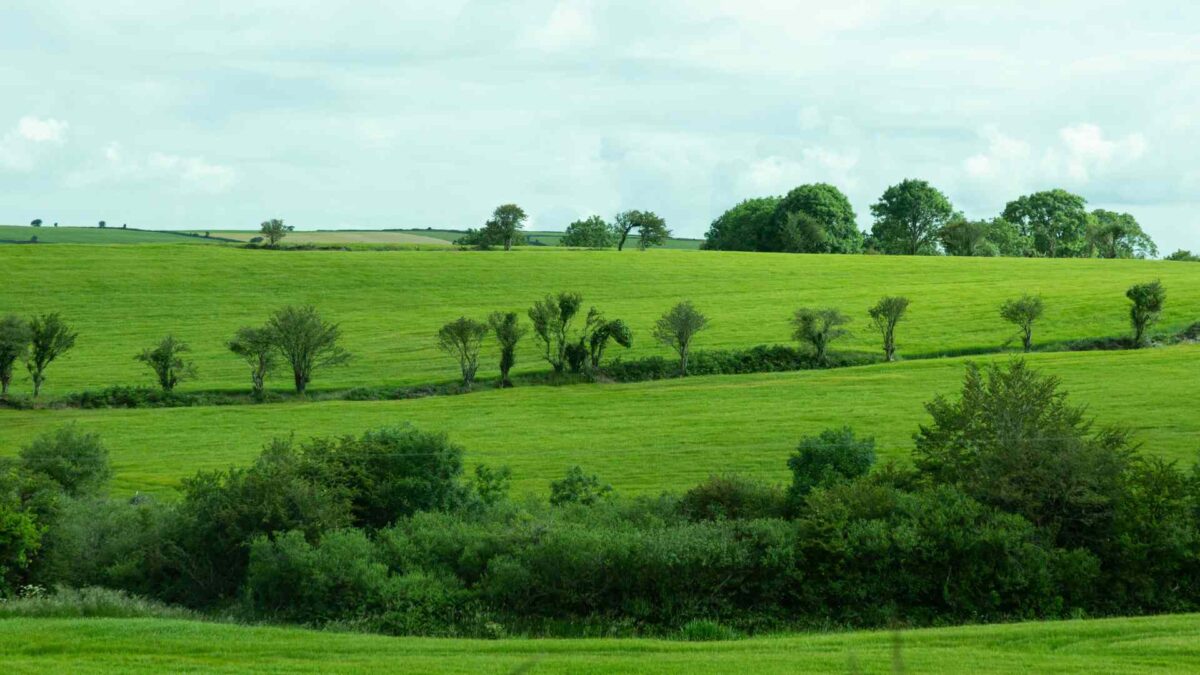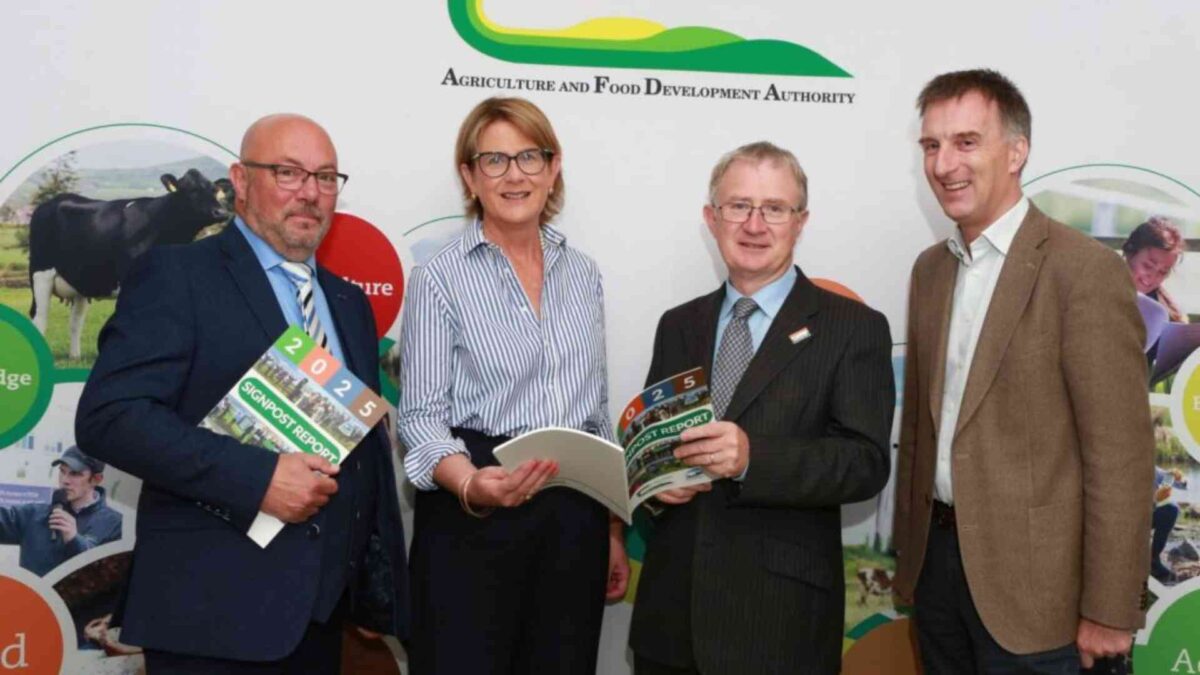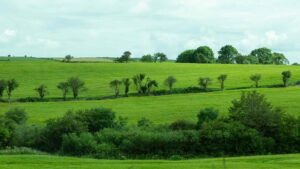
Farming Cuts Carbon by 4.6% Since 2018

Teagasc has released the Signpost Report 2025, marking the fourth year of its national Signpost Programme aimed at driving climate action on Irish farms.
Since 2021, the programme has focused on science-based solutions, advisory support, and strong farmer engagement to boost environmental sustainability while maintaining farm productivity.
The report shows real progress, with 120 demonstration farms and 62 industry partners collaborating to reduce greenhouse gas emissions. Analysis of over 5,000 soil samples reveals improved soil fertility, with 70% of dairy farm soils now optimal for pH, phosphorus, and potassium. A deep-soil carbon study involving 91 farms highlights the carbon sink potential of Irish grasslands, especially on clay-rich soils.
Farmers have cut fertiliser nitrogen use through better nutrient efficiency, increased clover in swards, precision slurry application, and nutrient planning. Protected urea fertiliser use has surged, with 76% of chemical nitrogen on dairy farms now applied as protected urea, compared to less than 30% nationally. More than 90% of cattle farmers use low-emission slurry spreading methods to reduce ammonia losses and improve nutrient use.
In tillage, cover cropping, organic manures, and reduced fertiliser use are on the rise. Farmer engagement remains key, with 260 on-farm events and a new advisory programme supporting knowledge sharing.

Since 2018, agricultural emissions have fallen by 1.0 MtCO2e, a 4.6% reduction. Teagasc Director Professor Frank O’Mara said the report proves farmers are actively tackling climate change, while Dr. Tom O’Dwyer, Head of the Signpost Programme, highlighted the practical impact of collaboration and farmer enthusiasm.
Surveys show more than 90% of demonstration farmers understand their emissions profile, and 77% of event attendees have adopted emissions-reducing practices, signaling a clear shift in farming behaviour.
Share this WeathÉire story:





















